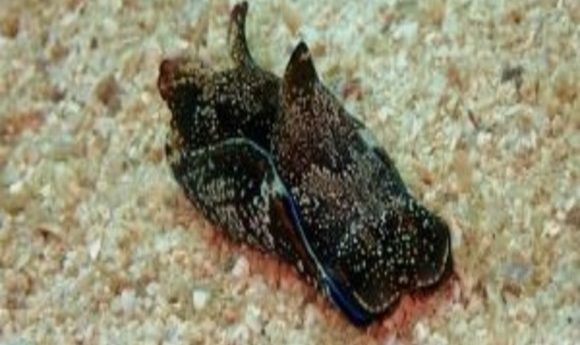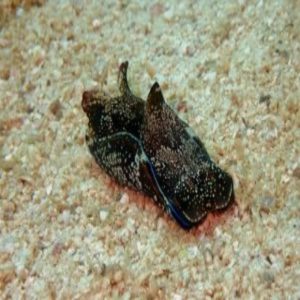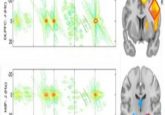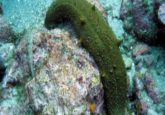Can memories be transferred with an injection?

Scientists believe they have utilized an injection to transplant memories between sea snails.

Researchers from the University of California (CA, USA) believe that memories that trigger defensive reflexes are encoded in RNA molecules, as opposed to the widely believed hypothesis that they are instead encoded in connections between brain cells.
They claim to have understood the simplest memory the snails could form and transferred it via an injection from one to another. In order to test the hypothesis, the team initiated a number of electric shocks in the sea snails via a wire that had been implanted in their tails.
When the snails were then prodded in the aftermath of the shock, their gills were contracted, which the study leader, David Glanzman, compared to a person being jumpy after experiencing an earthquake – the memory of the event induces an involuntary reflex to loud sounds.
RNA was then extracted from these snails and injected into others. It was discovered that the injected snails also experienced the same sensitization. When the experiment was repeated with snails that had wires implanted but were not shocked, the transfer of behavior did not occur.
Glanzman believes this is evidence of a transfer of memories between the snails and that these are held in RNA, rather than the connectivity between brain cells.
“What we are talking about are very specific kinds of memories, not the sort that says what happened to me on my fifth birthday, or who is the president of the United States,” explained Glanzman.
Their work has been met with much skepticism, with many pointing out that further research is needed to fully understand the mechanisms and at this stage, a sea snail’s brain should not be likened to a human’s.
Tomas Ryan, a memory researcher at Trinity College Dublin (Ireland), said “It’s interesting, but I don’t think they’ve transferred a memory,”
“This work tells me that maybe the most basic behavioral responses involve some kind of switch in the animal and there is something in the soup that Glanzman extracts that is hitting that switch.”
Aside from his firm skepticism, Ryan did, however, praise Glanzman for thinking outside of the box, “In a field like this which is so full of dogma, where we are waiting for people to retire so we can move on, we need as many new ideas as possible. This work takes us down an interesting road, but I have a huge amount of skepticism about it.”





